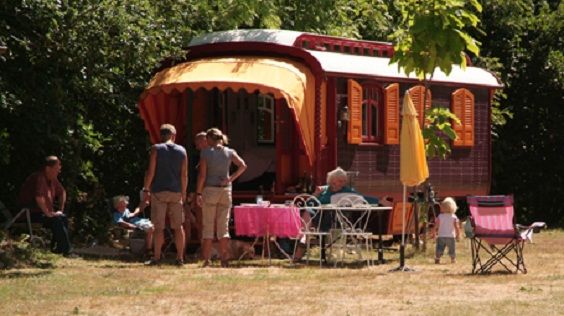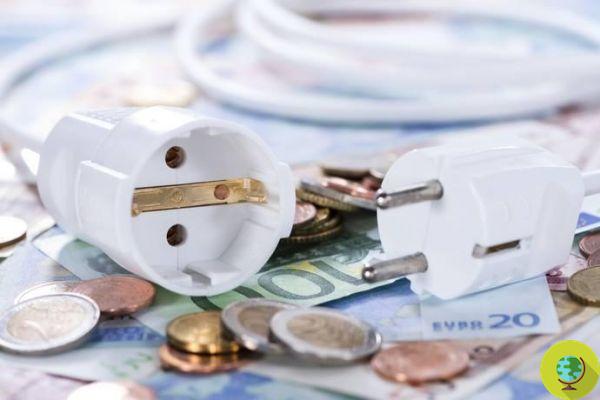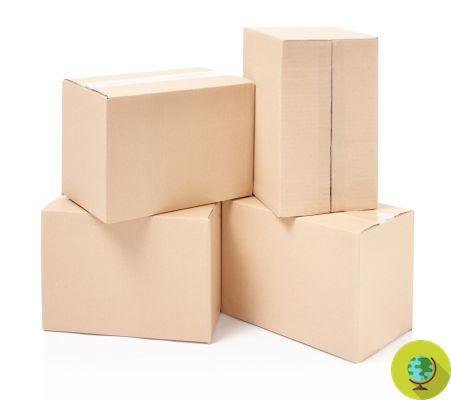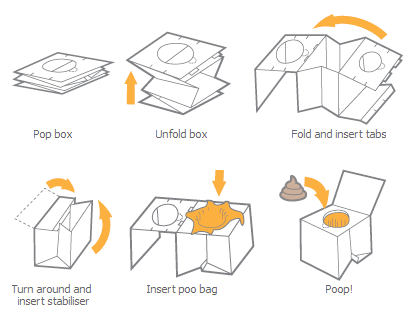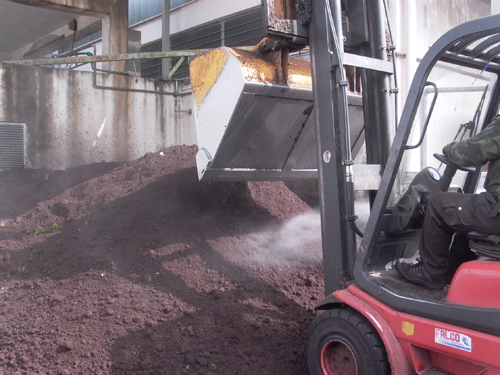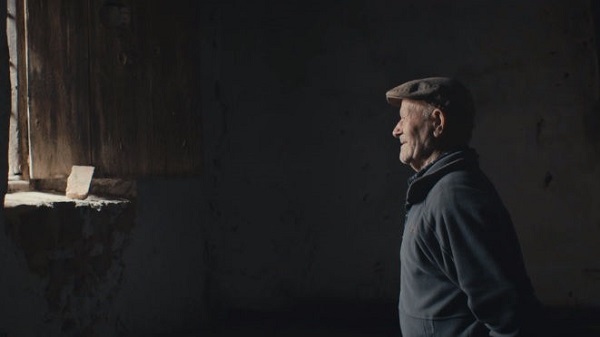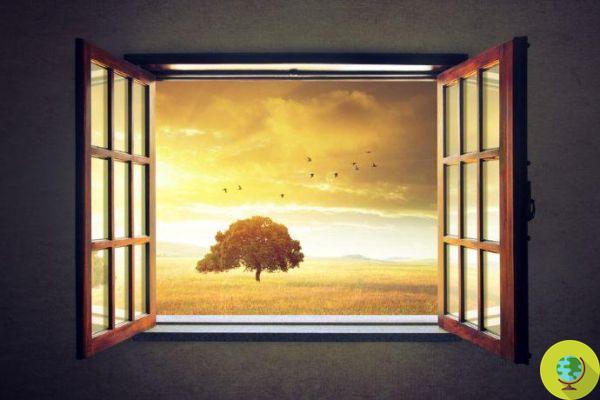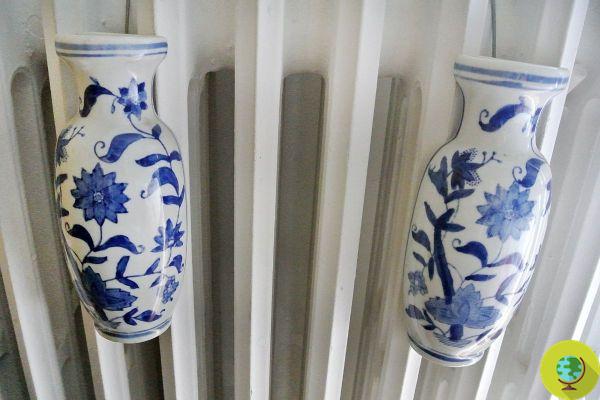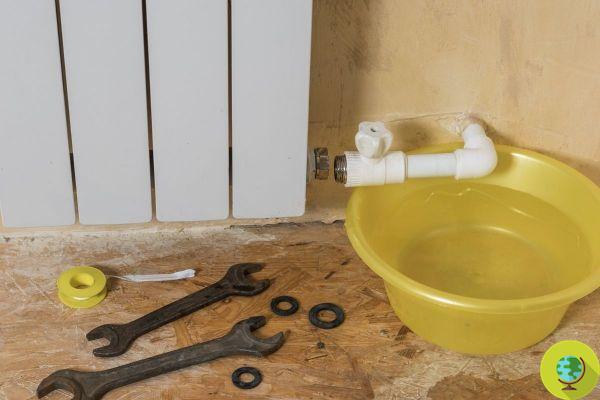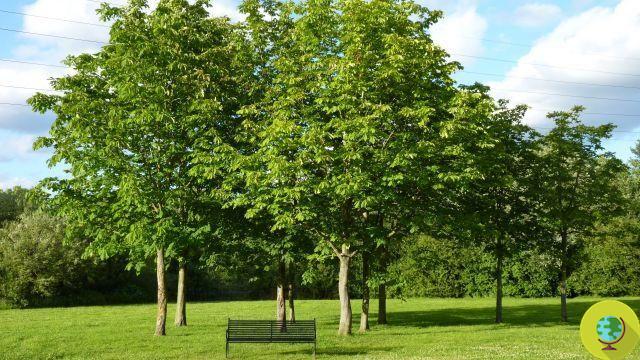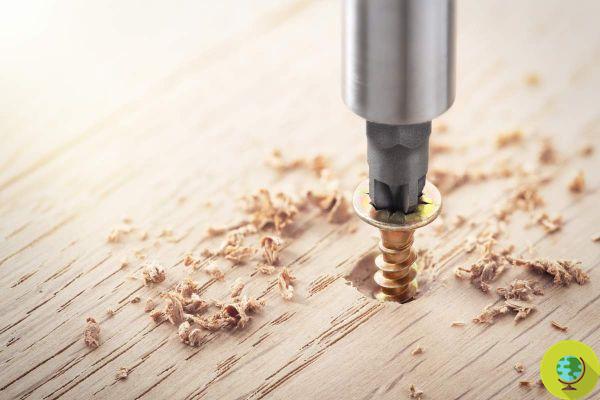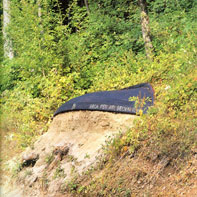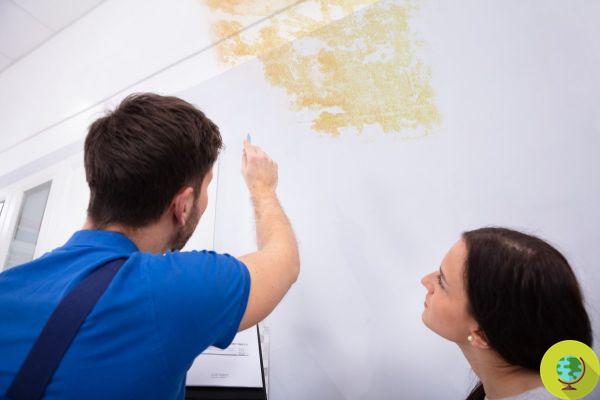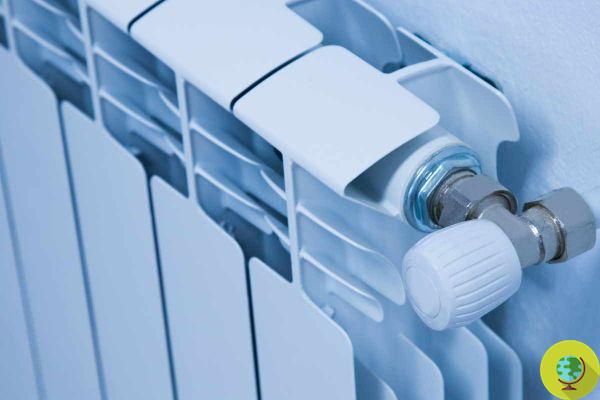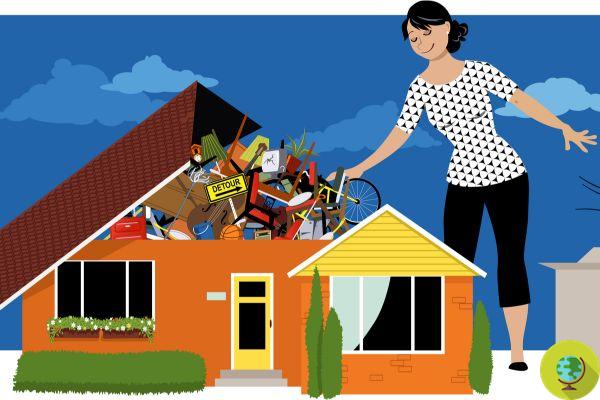
Decluttering: literally indicates the action of making space, eliminating what is cumbersome. The art of getting rid of the superfluous to live better.
He is about to end up run over, his mother saves himDecluttering. We are faced with an English term that literally indicates the action of make room, eliminating what is bulky. In this sense, decluttering is associated with “space clearing”, in the definition of the art of get rid of the superfluous to live better, detaching oneself from objects that evoke unpleasant memories and that bind us excessively to the past.
Tidying up your living spaces, getting rid of what you no longer need, allows you to let a real one slip away material ballast which is actually considered to be related to the emotional sphere. It is precisely for this reason that as a rule, after having tidied up and made space in one's home, despite the effort that this may have entailed, it feels better and in a good mood.
Index
The advantages of decluttering
Freeing your spaces from what you don't need means To gain some time. How many minutes does it take to find the house keys lost in our purse or somewhere on the desk? When objects accumulate excessively, it follows that even what is really useful risks being lost, even if only momentarily, generating states of anxiety and worry, particularly when in a hurry. By tidying up and making room, the problem will be solved.
Thanks to decluttering you will gain space and you will make your life easier. In your home, only the objects that are actually useful will remain, which will always be easily accessible for use and close at hand. Scheduling regular decluttering sessions helps overcome laziness. Making room guarantees that you live in your own home with greater peacefulness, creating a equilibrium between full and empty spaces, which allows the correct flow of energies, as feng-shui teaches.
Useful questions to get rid of the superfluous
Getting rid of what is actually no longer needed is not always easy. There are some objects to which we tend to feel connected, despite theirs obvious uselessness. Some cherished memories can certainly be kept, but what about when the superfluous takes over in the room of the house or on the office desk? It might be helpful to ask yourself one short series of questions that allows us to understand what objects it is actually possible to get rid of. Has the object in question ever been used? Does it still serve its purpose? Can it really be considered a memory?
Where to start?
Start small. You might think about proceeding by dedicating yourself to one room at a time, choosing the reorganization of one of the premises as a goal for a whole week. If the job is particularly strenuous, ask your family to help you. L'family help it is essential, also since the objects that are no longer used may not be yours, but belong to one of the family members.
Even with regard to the individual rooms, proceed little by little. Start with the library, for example; the next day devote yourself to the drawers and the next day again concentrate on the sideboard or on any of the furniture present. From the success of the first decluttering step you will draw the necessary energy to continue.
How to proceed in making room
After the first success, establish a real one roadmap, which can be divided into several weeks, especially if the areas to be cleared require great efforts. Let's think, for example, of cellars, garages and attics object of the accumulation of material goods that lasted for decades. You can decide to dedicate to decluttering 15-30 minutes at a time, in order to be able to recover the objects to donate to others or to exchange, making them presentable and checking their functioning before continuing with the reordering.
The four-box method
Before starting to work get yourself four cartons, in which to divide: objects to keep, items that can be put in sale, objects from barter or to give as gifts, recyclable packaging that can be used for collection. At the end of the decluttering session you will be able to re-evaluate the real usefulness of the objects that you had initially decided to keep, organize yourself to correctly allocate any packaging materials among the waste, identify what could be a starting point for creative recycling and select how much you could donate, trade or sell.
How to avoid new accumulations
Il change it starts with us and the habits of our family or roommates. Accumulation and disorder are formed mainly due to poor organization and behavior that is careless of maintaining order (in any case, not manic) and the need to avoid accumulations. Among the objects that most easily accumulate occupying precious space we find the riviste. Give them to anyone who wants to read them and maybe consider taking out an online subscription to the newspapers you love the most.
Other elements that could easily accumulate over time are i clothing, shoes and accessories. In this case you can take advantage of the change of season to get rid of what is no longer worn, by giving it away, exchanging it or donating it to charitable associations. To avoid new build-ups, try to always keep in mind what is in your closet and what you might still be wearing, in order to avoid unnecessary purchases.
If your problem is the accumulation of books, which you will read only once and leave in a corner, resolve the situation by asking for the necessary volumes to borrow from libraries, which can usually also provide audiovisual material and magazines. Remember the possibilities offered by sharing. It is useless to buy expensive kitchen tools or electronics if they will be used very sporadically. Ice cream makers, centrifuges, printers and other bulky machinery can be shared by relatives or friends. In the end, buy only what you really need: this is the only real basic rule to avoid accumulations, valid not only for clothes or magazines, but for all objects in the house.
The destination of unnecessary objects
Getting rid of useless objects must not generate the negative side of a consistent accumulation of non-recyclable waste. We always take into account the fact that objects that we no longer need could find new life and a real use in someone else's house. So here it is possible to draw up one list of objects we would like to get rid of, to send to friends and family, who will be able to communicate their wishes to you.
You could dedicate yourself to one swap-party; donate books to libraries or resell them to thrift shops, or sell them to schools or beneficial associations, which could be the perfect destination for many other items, including tech gadgets and clothing. An opportunity not to be underestimated is the barter, an activity increasingly supported both by the birth of communities and online platforms dedicated to it, and by local realities engaged in the organization of events dedicated to the exchange of objects no longer used.
You will not be afraid of generating waste if you are sure that your objects can finally be used as they should and you will feel certain lighter and freer inside a house of which the goods accumulated and piled up everywhere will no longer be the symbol.
READ also:
- The 7 questions that help us get rid of useless objects
- 25 useless things we can do without
- How to get rid of (and recycle) commonly used items
- Spring: 5 things to do to welcome it at home and in the garden
- Change of season: the 5 ways to "recycle with style" your old clothes ...






